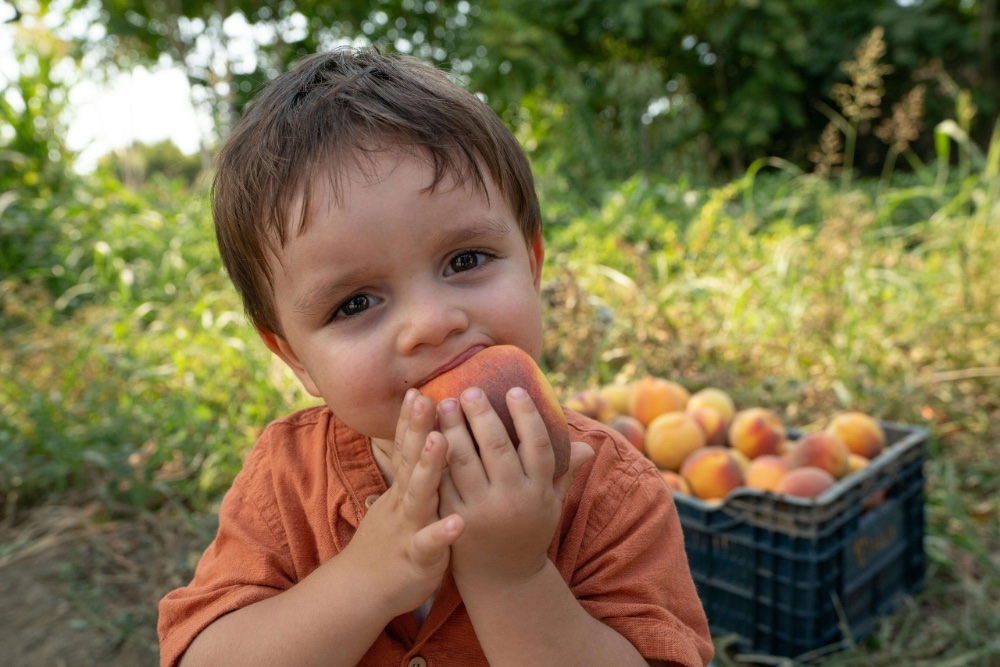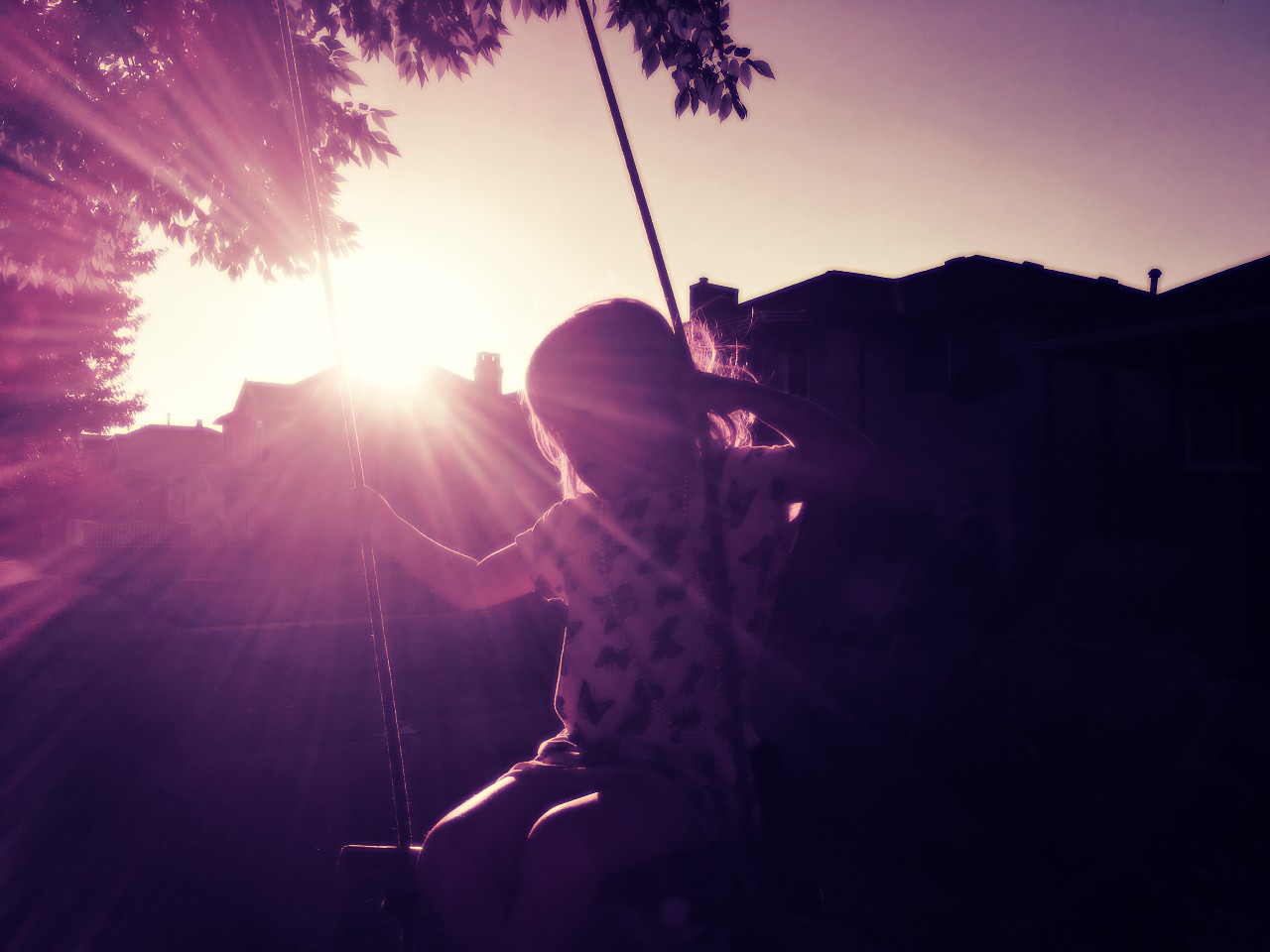“He’s not a car,” I said, exasperated, after someone described Robin as going from zero to sixty. The withering look I received in return was pure disgust—as though I had interrupted a sacred adult ritual, as though I may as well have had a huge boil in the middle of my forehead, oozing pus. But what’s truly disgusting is the metaphor itself: a child rendered mechanical, stripped of nervous system and memory, turned into a mystery machine rather than an exquisitely intelligent and emotionally wounded human being. There is nothing mysterious about a child who has been coerced, manipulated, and sabotaged responding with pain. What’s mysterious is the adult refusal to see it. But I couldn’t let them flatten him like that. He is not a machine. He is a scared, dysregulated kid who has been failed by the majority of adults tasked with supporting him. And they were trying to make his pain into a problem of speed.
Institutional surprise and weaponised incompetence
Every time I see the phrase unexpected behaviour in a school document, a safety plan, or a therapist’s note, I feel something in my chest tighten—a recoil against the assumption that this behaviour arrived without cause, a refusal to account for everything that came before. It is a phrase that seems, on the surface, neutral—an institutional shorthand for incidents that fall outside the scope of what a classroom or program is set up to handle—but beneath that polished exterior, it carries a message of disinterest, of blame, and of wilful forgetting. Because the longer I parent a neurodivergent child who has survived trauma, the clearer it becomes to me that the behaviour is never unexpected. What is unexpected is that adults continue to act surprised.
And what they call surprise often looks an awful lot like weaponised incompetence: the wide-eyed confusion, the helpless hand-wringing, the well-meaning suggestion to check in with ‘your expert team’—as though the mother sitting across from them hasn’t been forecasting this very outcome for years.
This institutionalised version of ‘well shucks, we’re just so baffled’ functions like a protective smokescreen, shielding schools from the accusation that they were warned, that they were told exactly what would happen, that the parents were right. It is easier to perform confusion than to own failure.
The myth of unpredictability
Over and over again in those long spring months when my son was eight, I tried to tell them that what they were seeing was not sudden but rather a slow accumulation of missed signals, escalating distress, and an absence of containment that made his nervous system feel permanently under siege; I tried to draw a map, to describe the terrain, to recall what he had said when he came home crying, to gather stories from his sister who watched it all unfold and tried to protect him, to transcribe long interviews in which he explained, as best he could, what made him feel unsafe and who had pushed him too far.
He did not always remember, because trauma scrambles narrative and humiliation lives in the body and when a child spends recess scanning the field for threats he will not remember the order of events but only the feeling: it happened again, and no one saw, and no one came; they said things like, “we’re using restorative justice” and “we’re trying everything” and “it just happens too fast,” but they never answered the central question: who was watching the others?
Because if you watched, and I mean really watched—without defensiveness, without the need to uphold the fiction of fairness, without the pressure to maintain neutral language—you would see that it did not start with my child but with a girl poking him with a stick and calling him gay, with a boy spreading lies to other children and swinging toys in his face, with adults who refused to name the power imbalance or to interpret his reaction as signal, not defect.
-
There’s no such thing as unexpected behaviour
This piece was hard to write. It holds my grief. It documents not only what happened to my child, but how systems made it worse by pretending to be surprised. I share it because too many families are made to carry this alone. Every time I see the phrase unexpected behaviour in a school document, a safety […]
A body that remembers
On the day the biting started again, he was already afraid, already braced for injury, already convinced that no one would help him when he asked; he had tried to walk away, had told the other child to stop, had said clearly that he was uncomfortable, and was ignored—because in elementary school, especially when you’re autistic, your words are rarely enough, and your discomfort is rarely protected.
And then the rope was swinging too close, the taunting tone returned, his warning was dismissed, and something in him—some old, protective signal—kicked in: this child is a threat, this space is unsafe, and no one will stop them unless I do; it is never okay to bite, and he knows that, and he said so himself, and he said he regretted it, and he said it made him feel bad, but he also said they deserved it—and that is what children say when they’ve been pushed too far, for too long, without intervention, without containment, without recognition of their pain.
Though he was introduced to the concept of the “red zone” at school and at OT, with visuals and colour-coded frameworks designed to externalise internal states, the whole model always felt to me like a flattened frame—something overly neuronormative that missed the textured reality of how emotions live in the body and rise in waves; at home, we chose different language, speaking instead of feelings welling up inside and needing a place to go, of how anger or fear or shame might move through yelling, running, hitting a pillow, or talking it out, because we trusted process more than charts and believed in restoring motion rather than securing compliance; and even though we reinforced strategies and built in breaks, what he could never be expected to do—and what no child should ever be tasked with—was regulate his emotional state while still being harmed, still being blamed, and still being profoundly misunderstood, or worse, reduced to a behavioural label rather than seen as a human being in pain.
-
I only asked for gentleness: on parenting a PDA child in a punishing world
There is a certain kind of child—intuitive, emotionally articulate, wired…
You do not need a label to do harm
They would not speak of the other children—they said that was confidential, they said all peer conflict is taken seriously, but they did not name the patterns, did not acknowledge the vulnerability of autistic children to coercive peer dynamics, did not recognise the pleasure some children take in baiting a sensitive peer that will predictably react, and did not say the word bullying; instead, they focused on his behaviour and failed to see that behaviour always has a reason, especially when it has already cost the child so much.
They failed to remember that he had been through this before, at daycare, when another child—later diagnosed with ODD and eventually given intensive therapy—had targeted him repeatedly and adults punished his reaction while ignoring the pattern of provocation; and I told them this, and I asked again: could you bring in MIST (now UIP), could you revise the safety plan, could you learn from OSC where he thrives with 1:1 support, could you create peer education materials, could you believe him?
And they said, “we’re trying everything,” but everything in that case meant watching him, documenting his collapse, ignoring the long, visible lead-up—the mounting stress, repeated incidents, and increasingly desperate attempts to cope that happened well before the final reaction, collecting the data on his behaviour while leaving the pain that preceded it unexamined, unspoken, unprotected.
This is what zero to sixty actually means
It means the school missed the early cues and punished the last one; it means the child who was trying to stay calm while being poked, mocked, called names, knocked over, accused, and gaslit finally broke—and they called it escalation; it means the accumulation of unmet needs, unmet truths, unmet safety, and it means the adults failed to intervene when the heat was low and now blame the child for burning.
So let me be clear.
There is no such thing as a child who goes from zero to sixty.
There is only a child whose suffering went unacknowledged, a body that kept the score, a nervous system that braced, a voice that faltered, and a moment—one too many—when that child reached their limit.
And if you heard that scream, that strike, that bite, that shutdown—then you arrived too late.









